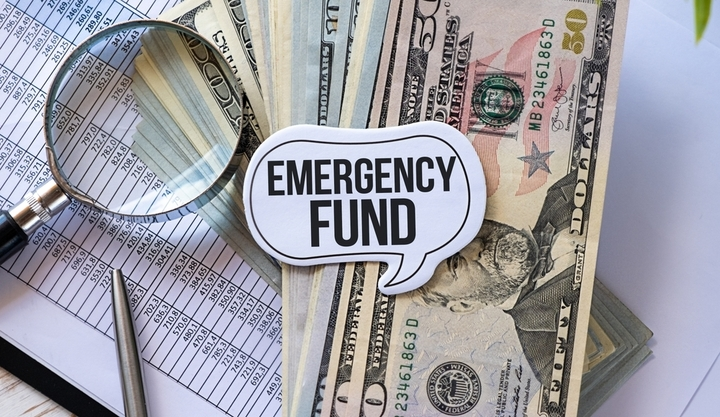Increasing your credit card limit can be a smart financial move when done responsibly. A higher limit not only gives you more purchasing power but also helps improve your credit utilization ratio—one of the key factors in your credit score. Whether you’re looking to make a large purchase, improve your credit profile, or just want some extra financial flexibility, this guide will walk you through how to increase your credit card limit in a simple and efficient way.
Why Increase Your Credit Card Limit?
Before diving into how to do it, it’s essential to understand why you might want a higher limit. Here are a few compelling reasons:
- Improved Credit Score: A higher limit can reduce your credit utilization ratio, which accounts for 30% of your FICO score.
- Emergency Buffer: Life is unpredictable, and a higher limit gives you a cushion during emergencies.
- Higher Purchasing Power: Whether you’re booking travel, buying electronics, or managing business expenses, a higher credit line provides more financial freedom.
- Better Rewards: Higher limits often come with access to better credit card rewards and perks.
Now, let’s explore how you can make this happen.
1. Build a Solid Payment History
Your payment history is one of the most significant factors credit card issuers consider when evaluating a limit increase request. Consistently paying your credit card bill on time—even if it’s just the minimum payment—demonstrates financial responsibility.
Pro Tip:
Set up automatic payments to avoid missing due dates. A flawless payment history over at least 6 months can greatly increase your chances of approval.
2. Use Your Card Regularly but Responsibly
Creditors want to see that you use your card actively, but not recklessly. Aim to use at least 30% of your current limit and pay off the balance regularly. If you’re hardly using your card, the issuer might not see a reason to raise your limit.
Smart Practice:
Keep your credit utilization rate below 30%, and ideally under 10%. For example, if your credit limit is $1,000, try not to carry a balance higher than $100–$300.
3. Update Your Income and Employment Information
When you apply for a credit limit increase, card issuers may evaluate your income, employment status, and housing costs. If you’ve recently received a raise, changed jobs, or reduced your expenses, make sure to update this information in your account.
Why It Matters:
Higher income with stable employment shows lenders that you have the financial means to handle a larger credit limit responsibly.
4. Make a Direct Request
Sometimes, simply asking for a credit limit increase is the fastest and most efficient way. You can usually request it through:
- Your bank’s website or mobile app
- Customer service by phone
- Secure online messaging
Many card issuers have a built-in tool that allows you to request a higher limit with just a few clicks. Some even offer soft pull inquiries, meaning your credit score won’t be impacted.
What You’ll Need:
- Current income
- Monthly housing costs
- Desired credit limit
5. Consider Automatic Limit Increases
Some credit card issuers offer automatic credit limit increases for customers who consistently demonstrate good financial behavior. These are often provided after 6–12 months of on-time payments and regular card usage.
Pro Tip:
Keep an eye on your account notifications or emails for any offers related to limit increases. Accepting them is typically easy and won’t require additional documentation.
6. Apply for a New Credit Card
If your current issuer isn’t increasing your limit, another strategy is to open a new credit card. This not only gives you a new credit line but also helps your overall credit utilization ratio.
Just be sure to:
- Research cards that match your credit profile
- Avoid too many applications at once, as multiple hard inquiries can lower your score temporarily
7. Improve Your Overall Credit Profile
Sometimes the best way to qualify for a credit limit increase is by improving other aspects of your credit profile:
- Check your credit report for errors
- Pay down existing debt
- Avoid new hard inquiries
- Keep older accounts open to maintain a long credit history
Improving your credit score strengthens your case when you request a limit increase.
Content Policies and Best Practices
When managing credit responsibly, always follow these smart content principles:
- Transparency: Always be honest about your financial situation when requesting a credit limit increase.
- Responsibility: Avoid chasing a higher limit just to spend more; use it to build long-term financial health.
- Security: Never share personal banking info unless through secure, official channels.
Frequently Asked Questions (FAQ)
1. Does requesting a credit limit increase hurt my credit score?
In many cases, no—especially if the issuer uses a soft pull. However, some issuers may conduct a hard inquiry, which can temporarily lower your score by a few points. Always ask if the request will trigger a hard or soft pull before proceeding.
2. How often can I ask for a credit limit increase?
You can generally request an increase every 6 months, but this varies by issuer. If you’ve recently had an increase or were denied one, it’s wise to wait a few billing cycles before trying again.
3. What if my credit limit increase request is denied?
If denied, don’t panic. Focus on improving your credit score, lowering your existing debts, and building a strong payment history. You can always reapply in the future or try other strategies like getting a new card or asking a different issuer.
By following these steps and strategies, you can increase your credit card limit efficiently, without the stress or uncertainty. Always approach credit management with a long-term mindset—and remember, the goal isn’t to spend more, but to create more space for smarter financial decisions.
Let me know if you’d like a version optimized for a blog, email campaign, or social media post!





